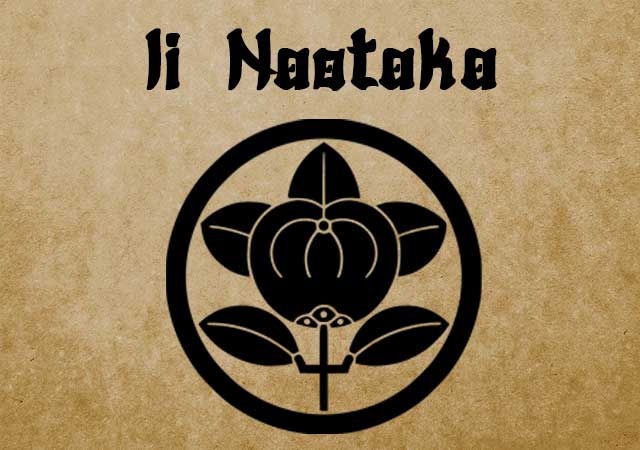
Ii Naotaka, the second son of Tokugawa general Ii Naomasa, later became the Daimyo of Omi (Shiga Prefecture) due to his commendable efforts during the Siege of Osaka in 1614. The origin of the Maneki Neko, the iconic lucky cat seen in homes and shops across Japan, is attributed to Ii Naotaka.
At the age of ten, Ii Naotaka experienced the Battle of Sekigahara in 1600, where his father was severely wounded and eventually succumbed to his injuries in 1602. Having been granted the lands of Sawayama (Hikone City), Naomasa had initiated the construction of Hikone Castle, a project continued by Naotaka's elder brother, Naokatsu, who assumed control of the castle from 1606.
In 1614, Naokatsu fell ill and couldn't participate in the Siege of Osaka, prompting him to send his younger brother, Naotaka, in his place. Naotaka's exceptional performance, particularly at the Battle of Sanada-maru and Tenno-ji, earned him recognition from Tokugawa Ieyasu. Ieyasu appointed Naotaka as the head of the esteemed Ii clan and lord of Hikone Castle, reassigning Naokatsu to Annaka Domain (modern-day Gunma Prefecture), where a new branch of the clan was established.
Before his death, the second Shogun, Hidetada, summoned Naotaka and requested his continued service to Iemitsu, ensuring a peaceful passing. In 1632, Ii Naotaka, highly respected, joined the third Shogun, Iemitsu, on a pilgrimage to Nikko Toshogu, the resting place of Iemitsu's grandfather, Tokugawa Ieyasu.
Ii Naotaka, married to Aki-hime, daughter of the daimyo Hachisuka Iemasa, had three concubines and five children. His eldest, Ii Naozumi, succeeded him upon Naotaka's death at the age of 69 in 1659.
See also
-
Hosokawa Sumimoto
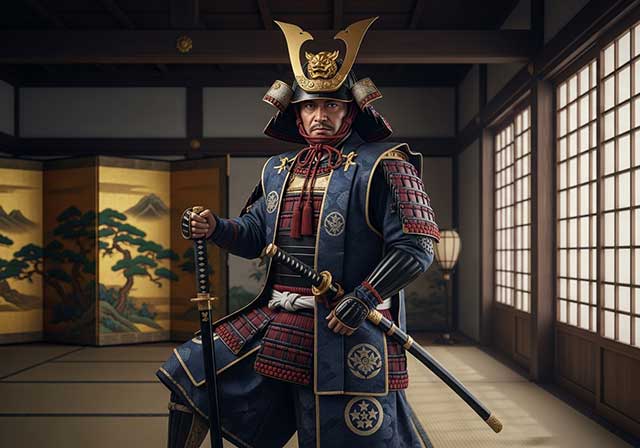
Sumimoto came from the Hosokawa clan: he was the biological son of Hosokawa Yoshiharu and at the same time the adopted son of Hosokawa Masamoto, the heir of Hosokawa Katsumoto, one of the principal instigators of the Ōnin War. Masamoto was homosexual, never married, and had no children of his own. At first he adopted Sumiyuki, a scion of the aristocratic Kujō family, but this choice provoked dissatisfaction and sharp criticism from the senior vassals of the Hosokawa house. As a result, Masamoto changed his decision and proclaimed Sumimoto as his heir, a representative of a collateral branch of the Hosokawa clan that had long been based in Awa Province on the island of Shikoku. Almost immediately after this, the boy became entangled in a complex and bitter web of political intrigue.
-
Honda Masanobu
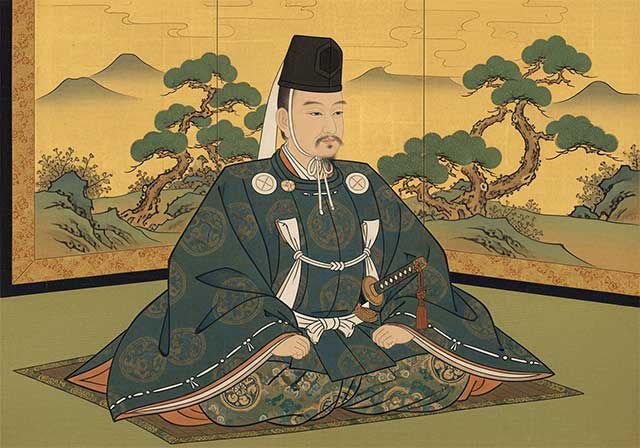
Masanobu initially belonged to the retinue of Tokugawa Ieyasu, but later entered the service of Sakai Shōgen, a daimyo and priest from Ueno. This shift automatically made him an enemy of Ieyasu, who was engaged in conflict with the Ikkō-ikki movement in Mikawa Province. After the Ikkō-ikki were defeated in 1564, Masanobu was forced to flee, but in time he returned and once again entered Ieyasu’s service. He did not gain fame as a military commander due to a wound sustained in his youth; nevertheless, over the following fifty years he consistently remained loyal to Ieyasu.
-
Honda Masazumi
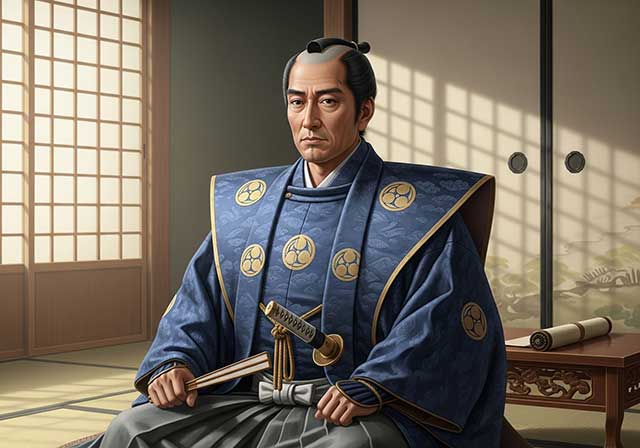
Masazumi was the eldest son of Honda Masanobu. From a young age, he served Tokugawa Ieyasu alongside his father, taking part in the affairs of the Tokugawa house and gradually gaining experience in both military and administrative matters. At the decisive Battle of Sekigahara in 1600, Masazumi was part of the core Tokugawa forces, a clear sign of the high level of trust Ieyasu placed in him. After the campaign ended, he was given a highly sensitive assignment—serving in the guard of the defeated Ishida Mitsunari, one of Tokugawa’s principal enemies—an obligation that required exceptional reliability and caution.
-
Hojo Shigetoki
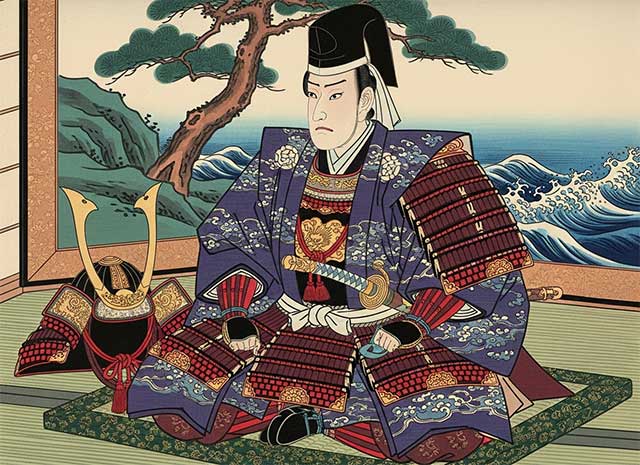
Hōjō Shigetoki, the third son of Hōjō Yoshitoki, was still very young—only five years old—when his grandfather Tokimasa became the first member of the Hōjō clan to assume the position of shogunal regent.
-
Hojo Masako
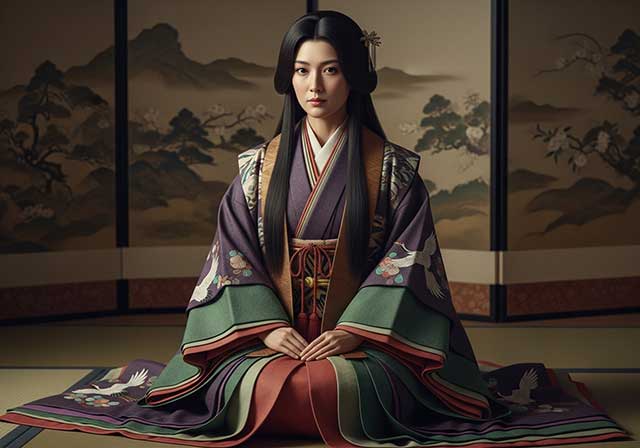
Masako was one of the most influential and powerful political figures of the era of military rule in Japan. She was the daughter of Hōjō Tokimasa and the wife of Minamoto no Yoritomo.
-
Hojo Soun
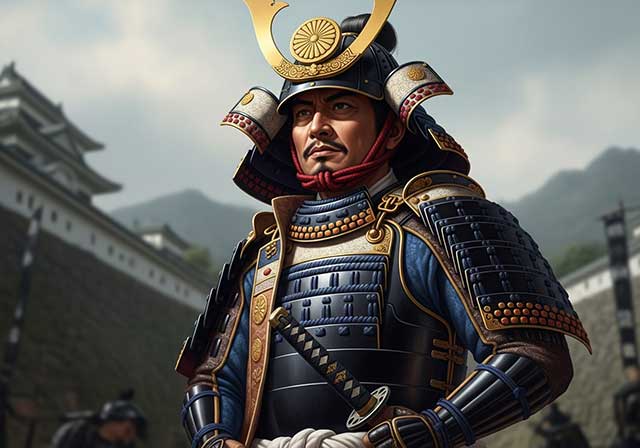
Hōjō Nagaudji was one of the prominent military commanders of the late Muromachi period. Thanks to a successful marriage alliance and skillful use of political intrigue, he managed to concentrate full power over the provinces of Suruga, Izu, and Sagami in his own hands. His origins remain unclear, but there is a possibility that he was connected to the Heiji clan of Ise Province, since early in his life he bore the name Ise Shinkurō.
-
Hirano Nagayasu
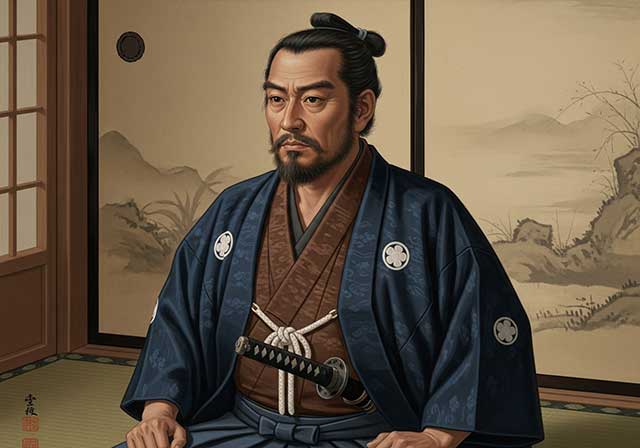
From an early age, Hirano Nagayasu was in the service of Toyotomi Hideyoshi, since Nagayasu’s father, Nagaharu, had faithfully served Hideyoshi during Hideyoshi’s own childhood. Thus, the connection between the Hirano family and the Toyotomi house was established long before Hideyoshi’s rise to power and took the form of hereditary vassal loyalty.
-
Hattori Hanzo

Hattori Hanzō, also known by the name Hattori Masanari, was the third son of Hattori Yasunaga, a samurai who served the Matsudaira clan. In his childhood he was called Tigachi Hanzō. His father held the highest rank in the shinobi hierarchy, that of jōnin, and Hanzō followed in his father’s footsteps, choosing the same path.

